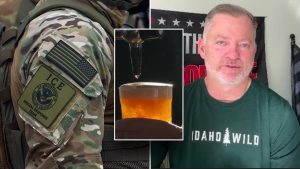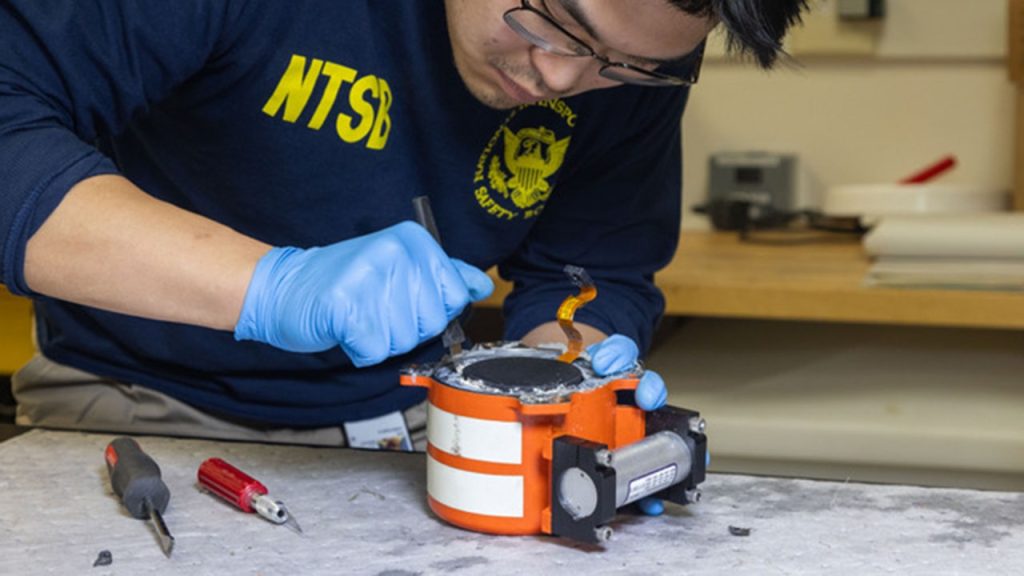The tragic midair collision between an Army Black Hawk helicopter and an American Airlines Embraer E175 regional jet near Ronald Reagan Washington National Airport (DCA) on Wednesday has claimed the lives of 67 individuals, prompting a multi-faceted investigation and raising serious questions about aviation safety protocols. As salvage operations continue with the assistance of barges, the National Transportation Safety Board (NTSB) is working diligently to recover the remaining victims, ensuring their respectful transfer to the D.C. Medical Examiner’s office for identification and subsequent return to their grieving families. The recovery of both black boxes is a crucial step in piecing together the events leading up to the devastating crash.
Preliminary findings and media reports suggest a confluence of factors may have contributed to the collision. The Black Hawk helicopter, according to reports, was flying significantly higher than the prescribed altitude limit of 200 feet over the Potomac River. This deviation from the established flight path has prompted scrutiny and aligns with initial observations from President Donald Trump, who commented on the helicopter’s excessive altitude. Simultaneously, questions have arisen regarding the helicopter’s lack of ADS-B technology, a system designed to provide more precise and reliable aircraft location data to air traffic control. This absence, highlighted by Senator Ted Cruz, raises concerns about the potential for averted disaster had the technology been present. Compounding the issues, staffing levels at the air traffic control tower were reportedly below normal for the time of day and traffic volume, with a single controller managing both airplane and helicopter traffic. The subsequent revelation that a tower supervisor allowed another controller to leave early has further amplified concerns about potential understaffing’s role in the tragedy.
The sequence of events leading to the crash, as outlined by Senator Cruz, underscores the communication and compliance breakdown between the air traffic controller and the helicopter crew. Although the controller confirmed visual contact between the helicopter and the American Airlines plane and instructed the helicopter to move behind the plane, the helicopter instead moved in front, leading to the fatal collision. This crucial miscommunication, occurring amidst the backdrop of potential staffing shortages and technological limitations, has become a central point of investigation. The incident has spurred a renewed focus on air traffic control staffing nationwide, with reports indicating that a significant number of facilities operate below recommended levels, raising systemic concerns about potential safety risks across the national airspace.
The repercussions of the crash extend beyond the immediate investigation. President Trump signed an executive order mandating an immediate assessment of aviation safety, underscoring the urgency of addressing potential systemic vulnerabilities. The Federal Aviation Administration (FAA), in response to the tragedy, has implemented immediate restrictions on helicopter traffic around DCA to enhance airspace security, a decision made in consultation with Secretary of Defense Pete Hegseth and supported by President Trump. These swift actions reflect a commitment to preventing similar incidents and prioritizing the safety of air travel in the region.
The human cost of this tragedy is immense. The Army has identified two of the soldiers killed in the collision: Chief Warrant Officer 2 Andrew Loyd Eaves and Staff Sgt. Ryan Austin O’Hara. The family of the third soldier has requested privacy and non-disclosure of their identity. The American Airlines flight was carrying a diverse group of passengers, including a contingent of young figure skaters returning from a training camp following the 2025 U.S. Figure Skating Championships. Among the victims were promising young athletes Spencer Lane and Jinna Han, as well as accomplished figure skating champions Evgenia Shishkova and Vadim Naumov, whose loss has deeply impacted the skating community.
The ongoing investigation into the DCA midair collision promises a thorough examination of the contributing factors, ranging from human error and communication breakdowns to potential staffing inadequacies and technological limitations. The findings will undoubtedly inform future safety protocols and regulations, with the ultimate goal of preventing such devastating incidents from occurring again. The focus on air traffic controller staffing levels, the evaluation of ADS-B technology implementation, and the re-examination of flight path protocols will all play critical roles in shaping the future of aviation safety. The loss of 67 lives serves as a stark reminder of the importance of vigilance, comprehensive oversight, and continuous improvement in the pursuit of safer skies.









